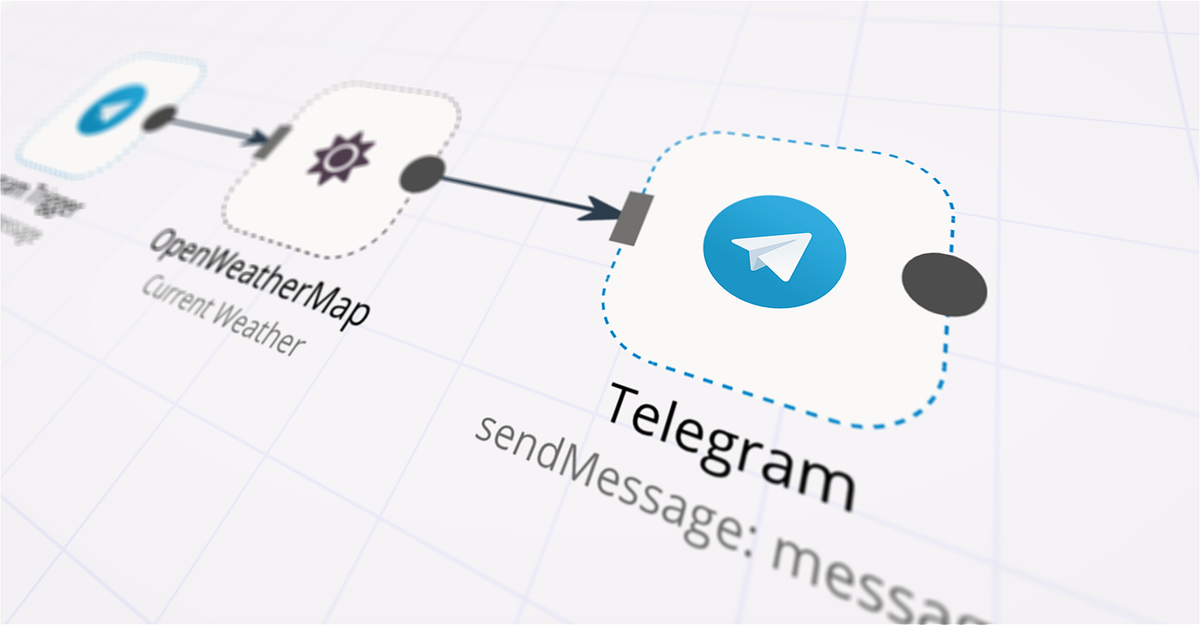Fixing Telegram Triggers in n8n with Coolify & Cloudflare How I solved HTTPS and DNS issues for Telegram triggers in n8n by running it via Docker in Coolify and exposing it securely through Cloudflare Tunnel. Published at 2025-08-10

When I first tried running n8n on my Raspberry Pi 5 through Coolify, I hit a wall. My goal was simple:
💡 Build a money-tracking app that gets inputs from Telegram via n8n triggers.
The Problem: HTTPS and Telegram
Coolify makes it easy to “install” n8n as a service, but the default deployment had one fatal flaw for my case:
- The service URL was HTTP only.
- Telegram requires HTTPS for webhooks.
- Even if I set
N8N_PROTOCOL=httpsandWEBHOOK_URL=https://…, n8n still generated HTTP webhook URLs internally. - Result:
Bad Request: bad webhook: An HTTPS URL must be provided.
Without full control over n8n’s networking or Traefik config inside Coolify, there was no clean way to fix this.
The Solution: Run n8n as a Custom Docker Service
Instead of using Coolify’s one-click n8n service, I created a custom service from a Dockerfile. This way I had full control over:
- Ports (exposed
5678) - Environment variables
- External URL configuration
I then:
- Created a service from Docker in Coolify.
- Set
N8N_HOST,N8N_PROTOCOL=https,WEBHOOK_URL, andN8N_EDITOR_BASE_URLproperly. - Used Cloudflare Tunnel to expose the service securely on
https://n8n.leskoding.com.
Now the webhook URL in n8n was actually HTTPS.
The DNS & Cloudflare Twist
Even after fixing HTTPS, Telegram still failed with:
Bad Request: bad webhook: Failed to resolve host
Turns out:
- My Cloudflare DNS was fine (proxied CNAME to the tunnel).
- The real issue was Cloudflare’s security features blocking Telegram’s bot servers.
I fixed it by deleted the old webhook from Telegram. That’s it, good lord
Registering the Webhook Correctly
This part tripped me up: you can’t just set the webhook to your domain root.
Telegram needs the exact path that n8n generates for your trigger.
Example:
First clear the old one
$ curl -s "https://api.telegram.org/bot<NEW_TOKEN>/deleteWebhook?drop_pending_updates=true"Then set the full HTTPS path
$ curl -s -X POST "https://api.telegram.org/bot<NEW_TOKEN>/setWebhook"
-d "url=https://n8n.leskoding.com/webhook/<uuid>/webhook"Once I did this, Telegram triggers fired instantly.
Lessons Learned
- Don’t use Coolify’s built-in n8n app if you need Telegram triggers — HTTPS handling is too limited.
- Deploy n8n via a custom Dockerfile in Coolify for full control.
- Use Cloudflare Tunnel for secure public access.
- Always set Telegram’s webhook to the full HTTPS path, not just the domain.
Now my n8n workflows trigger reliably from Telegram, and the money-tracking app is alive. Thanks for stopping by folks !